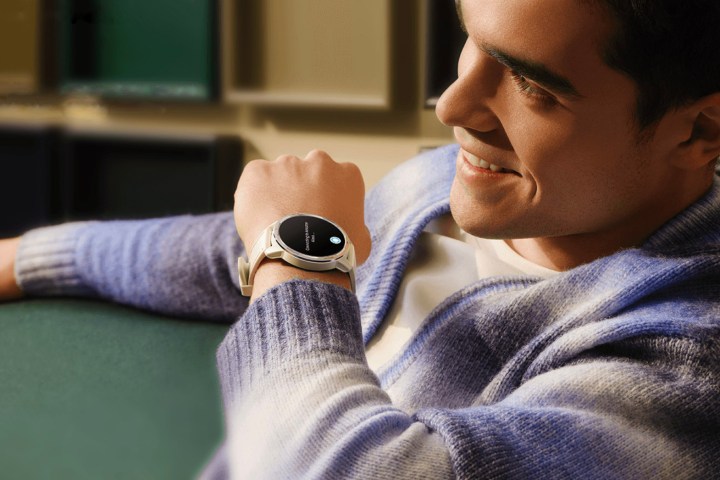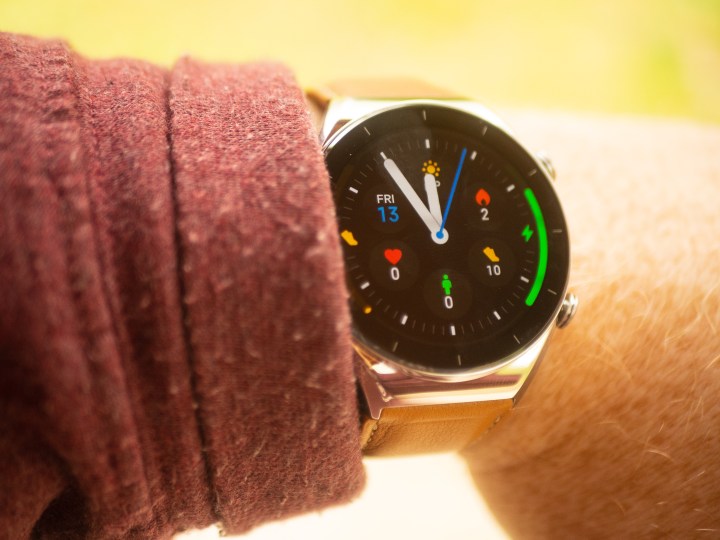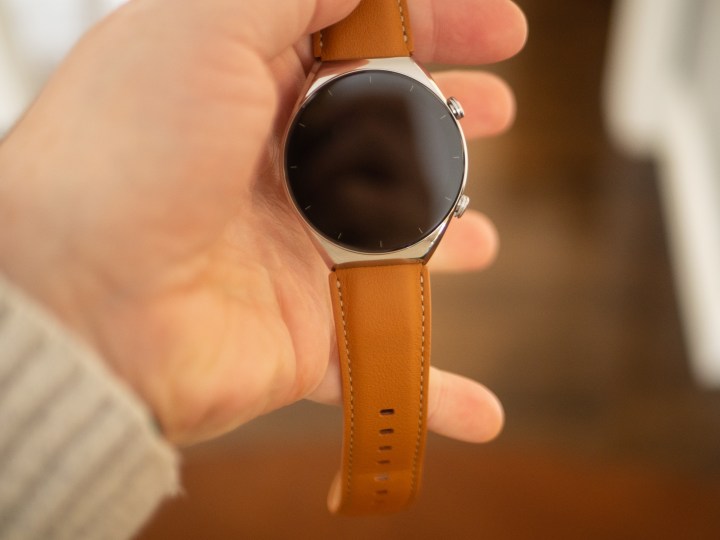The smartwatch landscape is largely divided into three camps: Apple Watch, the ever-evolving lineup of Google Wear OS smartwatches, and … everything else. Now, it’s probably unfair to group all the other wearables into an “everything else” bucket because, to be honest, many of the smartwatches and fitness bands in this miscellaneous category are actually great.
No, what I’m talking about when I say “everything else” is that these watches employ a custom-built operating system — separate from Apple’s Watch OS and Google’s Wear OS. While there are a lot of ramifications to a smartwatch with a custom OS (most of which are out of the scope of this article), one of the big choices you’re making by going with a non-Apple, non-Google smartwatch is which smart assistant you will use.
While the ease with which you can have Siri navigate your Apple Watch is unsurprising, and the somewhat lackluster performance of Google Assistant on a Wear OS device makes that category of watches unfortunate, there is a whole landscape of watches that have turned to Amazon’s Alexa voice assistant. And this is pretty unique, because Alexa has a specific place in the voice assistant world — mostly as it relates to DIY use cases and cross-device compatibility.
But what’s it actually like choosing a smartwatch exclusively for the Alexa functionality? Well, I got my hands on a few different classes of watches, including a Fitbit Versa 2 and Xiaomi’s new flagship S1 smartwatch (currently only officially available in some markets), and spent the better part of a week asking Alexa to control my life. Here’s how it went down.

Which smartwatches have Alexa
The first key consideration for this story was to determine which brands of smartwatch actually rely on Alexa. First, there’s Fitbit’s range of trackers and watches. I generally really like what Fitbit does with a custom OS, especially when it comes to battery life, but I’ve honestly never spent much time calling for Alexa to start a workout or read me my calendar. But Fitbit had to include Alexa to maintain the competitive edge of having voice-activated commands — though that may change now that Google owns Fitbit.
Then there are the “third party” watches — the most famous maker of which is likely Amazfit. These value-forward watches and bands aim to give you wrist notifications, basic workout functionality, and about 70% of a smartwatch experience at a bargain price. This is likely the sweet spot for Alexa use.
The final category is the “higher-end” custom OS watches. For this story, I’m giving the Xiaomi S1 watch a spin for its custom OS, but you can find a few options in the higher-priced watch space that use a custom OS — most notably the Samsung Galaxy Watch line (before the fourth installment switched to Wear OS, that is).
Alexa for every day

Before I get into my actual experience using Alexa in my everyday life, it’s important to underscore what “built-in” Alexa functionality actually means. While an Alexa-specific device like an Amazon Echo or Fire TV is ready to go out of the box, a “built-in” device is a third-party piece of tech that is designed to work hand in hand with Alexa after some setup — typically via an Alexa app on your phone. Devices like the FitBit Versa 2 and the Xiaomi S1 require you to update firmware, connect the device to an Alexa app on your phone, and be in a territory where this functionality is supported. So once it’s set up, you’ll have hands-free access, but it does take some doing to get it going.
In practice, Alexa felt like an interesting voice assistant to have at your beck and call, most likely due to the fact that I’m used to Alexa living more in my smart home than in my pocket. My typical voice assistant on the go is Siri, and even then I only really use it on my Apple Watch to start a workout quickly or clumsily respond to a text when I can’t fish my phone out of my pocket. Alexa, with her intricate, DIY-friendly patchwork of skills means that there’s a bit more with which to experiment when I’m walking around.
First, I found that Alexa actually worked a little better than Siri when asking her to search the internet for me. Siri will often send back the wrong info or tell me to head over to my phone more often. Alexa on the other hand seemed to be more comfortable taking a stab at answering my question, at least in most cases. Similarly, because the Alexa app has other app functionality built-in more readily, it was more seamless to trigger scheduling in my Google ecosystem (like meetings and to-do lists). Of course, Siri can tackle this with Apple’s ecosystem, but not very seamlessly with third-party options. This is all anecdotal, and your mileage may vary, but in general, I think Amazon has built a bolder voice assistant in large part because it doesn’t play it safe quite as much — especially when you factor in Alexa’s tens of thousands of skills, which still outflank what the Google Assistant brings to the table.
Alexa with every device

Perhaps the most important consideration when determining the Alexa difference is just how many third-party devices Amazon has chosen to interface with. Because both Google and Apple tend to keep a tight grasp on their ecosystems, when you ask for functionality, they’ll tend to default to first-party devices. Amazon on the other hand has painstakingly taken steps to build a massive rolodex of speakers and smart home devices. While the numbers fluctuate quite a bit, Amazon usually has a few-thousand device edge with its compatibility list. Google Assistant and Apple remain woefully behind in this regard.
To be fair, my smart home is a little bit of a mixed bag. My thermostat is a Google Nest Learning Thermostat, while my TV streaming device of choice is an Apple TV. But much of the rest of my smart home system is powered by the budget-friendly company Wyze. Between smart locks, Wi-Fi cameras, a monitored security system, and even a robotic vacuum, the Wyze app is a frequent smart home control interface for me. And while Google integration is purportedly supported, the best functionality I’ve found is with Alexa. Therefore, getting Alexa on my wrist to unlock a door or turn off a camera was handy. And this should likely hold true on a variety of other devices, including the obvious Amazon-friendly ring devices and the popular Ecobee smart thermostat line.
And this is where I really think the Alexa-on-your-wrist thing shines. Apple’s HomeKit functionality is really not there yet and requires a ton of fiddling with to get off the ground, and Google’s approach works best with first-party devices. Amazon is the ecosystem without an ecosystem, so you’ll have better luck on a wider variety of third-party devices.
The bottom line

As unsatisfying as it may seem, the answer to the “is Alexa the best wrist-worn voice assistant” question is really dependent on your priorities. For me, I think I’ll still take Siri as my favorite, strictly because so much of my mobile lifestyle is Apple-based. But if I preferred Android phones and a PC laptop, I might change my tune to Alexa.
For the Google Assistant versus Alexa battle, Google may have the first-party battle won, but for compatibility on a ton of devices, Alexa is a really clever little helper. If you’re in the market for a smartwatch and voice activation is a feature you’re after, I’d recommend taking a look at your list of “must-have” device integrations. If it’s anything beyond the main Google Nest/Google Home infrastructure, Alexa might just unlock a better, more futuristic life.


